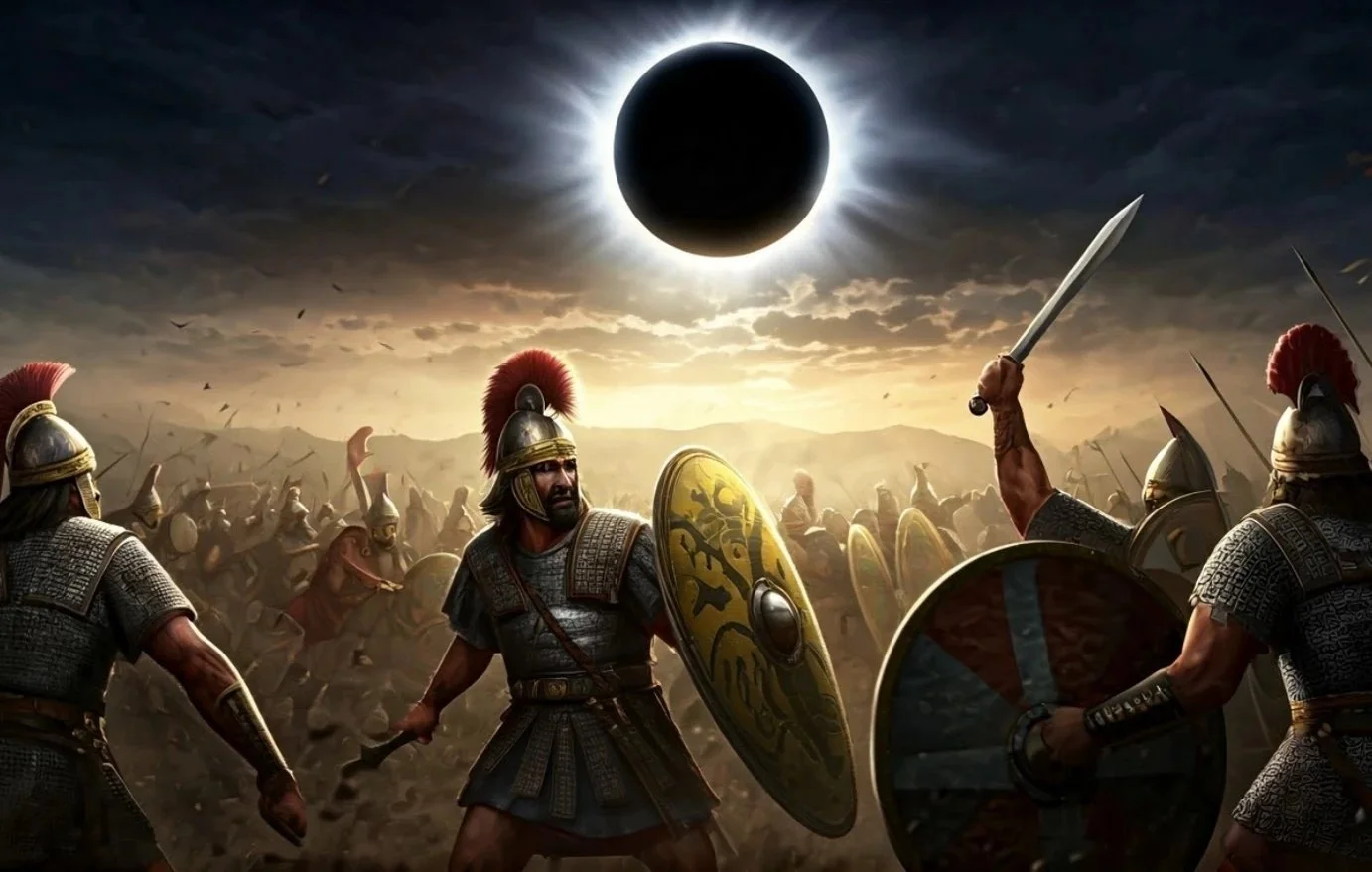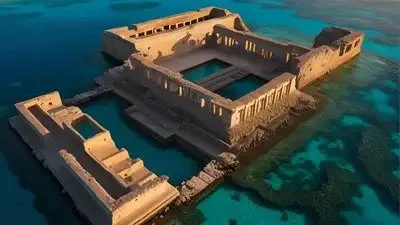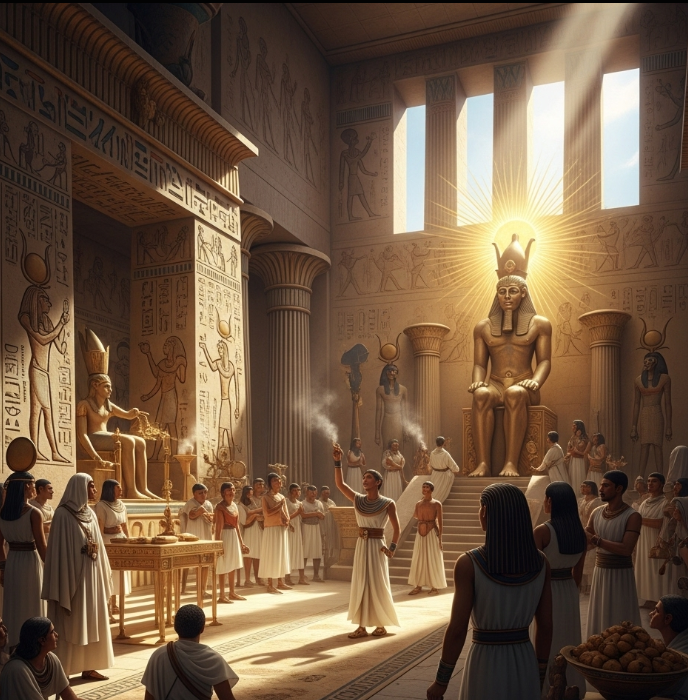Embarking on an 11-day odyssey rich in history and cultural significance, the Olympic Flame for the Paris 2024 Games traversed the storied landscapes of Greece, connecting the modern spectacle with its ancient origins. This ceremonial pilgrimage not only symbolizes the enduring spirit of the games but also casts light on Greece's unparalleled contributions to history, archaeology, and the very concept of the Olympics.
Ancient Olympia: The journey commenced at the heart of the ancient Olympic Games, where athletes once vied for glory and honor under the gaze of the gods. Today, the Flame’s ignition at this sacred site serves as a poignant tribute to the enduring legacy of the games, illuminating the ruins with the promise of peace and camaraderie that the modern games aspire to embody.
Statue of Asclepius, Trikala: The flame then cast its glow upon the effigy of Asclepius, enshrining the ancient commitment to healing and the arts. Amidst a city known for its medieval architecture and Byzantine heritage and also for being, during prehistoric ages, an important cultural center since it was the birthplace of Asclepius, this stop on the Flame's journey bridges the worlds of ancient myth and the enduring human quest for knowledge and well-being.
Mycenae: The hallowed grounds of Mycenae, a citadel that whispers tales of kings and epic sagas, provided a dramatic backdrop for the Flame. Here, amidst the Cyclopean walls and Lion Gate, the Flame's passage echoes the heroic spirit that has captured imaginations for millennia.
Sounio, Temple of Poseidon: Perched at the edge of the Aegean, the Temple of Poseidon at Sounio stands as a sentinel to seafarers. The Olympic Flame, alight against the columns, paid homage to the god of the seas, a reminder of the ancient Greeks' reverence for the elemental powers that shaped their world.
Ancient Oracle of Delphi: The Flame's ascent to Delphi carried it through the misty realms of prophecy and divine will. Here, at the navel of the ancient world, it was as if Pythia herself might have presaged the uniting force of the Flame, a beacon of hope and a call to the world’s athletes to gather once more.
Naxos Island, Remains of the Temple of Apollo: On the Isle of Naxos, amid the scattered remnants of Apollo’s temple (known as Portara), the Flame stood as a testament to the light of knowledge and music, central themes in the legacy of the god it honored. The Flame's journey across the island highlighted the blend of natural beauty and human artistry that typifies the Greek landscape.
Parthenon, Athens: No journey would be complete without the Flame basking in the glory of the Parthenon. Here, democracy took its first steps, and art and philosophy found their highest expression. The flame's reflection on the Parthenon's marbles serves as a metaphor for the light of ancient Greece, continually inspiring humanity's pursuit of excellence.
Macedonian Royal Tombs of Aigai-Vergina: Finally, the Flame visited the solemn grandeur of the Macedonian Royal Tombs at Aigai-Vergina, where the legacies of kings and conquerors lay enshrined. In the quietude of these ancient halls, the flame's passage seemed to whisper of the vast narratives of history that continue to shape our modern world.
The Aqueduct of Kavala, Kamares: As the Flame traced the path of water through the Kamares, the grandeur of the Aqueduct of Kavala stood as a testament to the ingenuity and architectural prowess of the ancients. The stark arches and the steadfastness of this structure remind us that the flow of progress, like water, is ceaseless. Here, the Flame not only celebrated human achievement but also underscored the vital connection between past civilizations and their surrounding environments, offering a moment of reflection on the endurance of human creation.
Ancient City of Corinth: Journeying next to the crossroads of Peloponnesian commerce and culture, the Flame visited the storied city of Corinth. With its temples, fountains, and the imposing Acrocorinth fortress, the city's ruins tell a tale of a once-thriving hub that connected ancient societies. The flame, dancing among these relics, symbolized the eternal bridge between the ancient cosmopolitan spirit and the global community the Olympic Games aim to foster.
First Ancient Theatre of Larissa, Greece: Finally, the Flame illuminated the First Ancient Theatre of Larissa, a cultural landmark nestled at the heart of Thessaly. This theatre, carved into the hillside, once echoed with the voices of poets and the applause of spectators. As the flame's glow cast shadows on the stone tiers, it evoked the timeless importance of art and community. Here, the spirit of the games, much like the dramas of old, reflects the spectrum of human experience, from the tragic to the triumphant, all within the amphitheater of history.
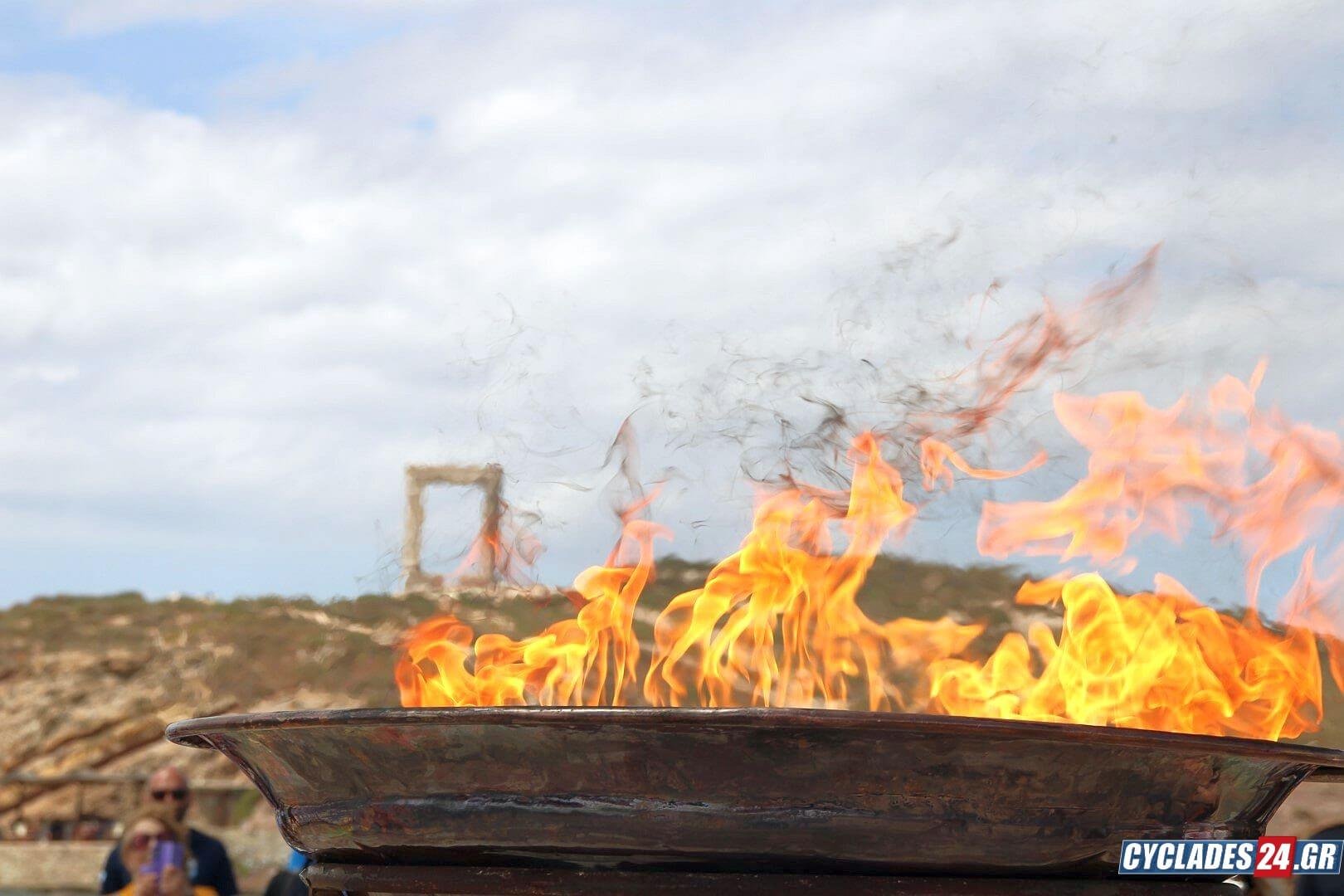
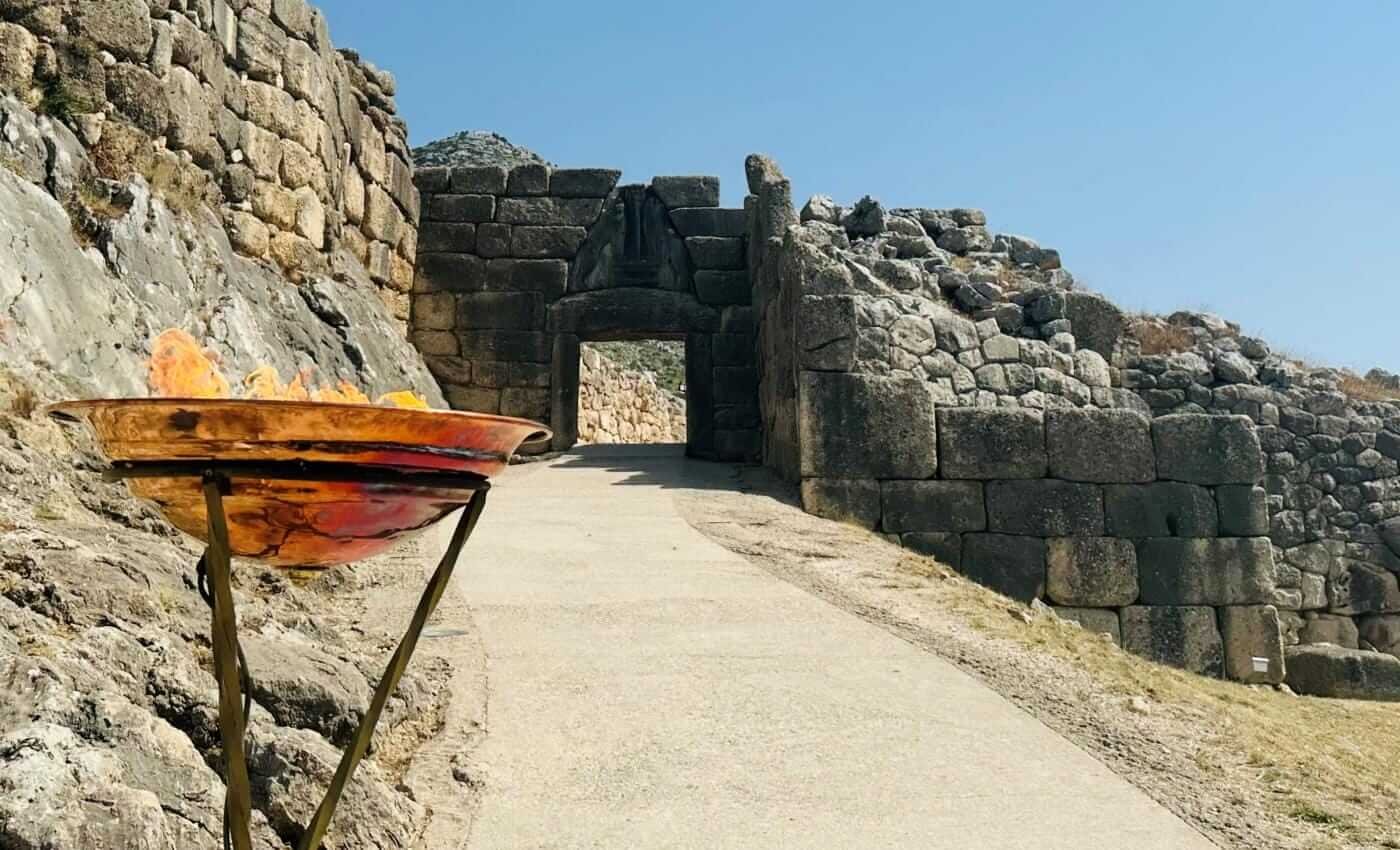
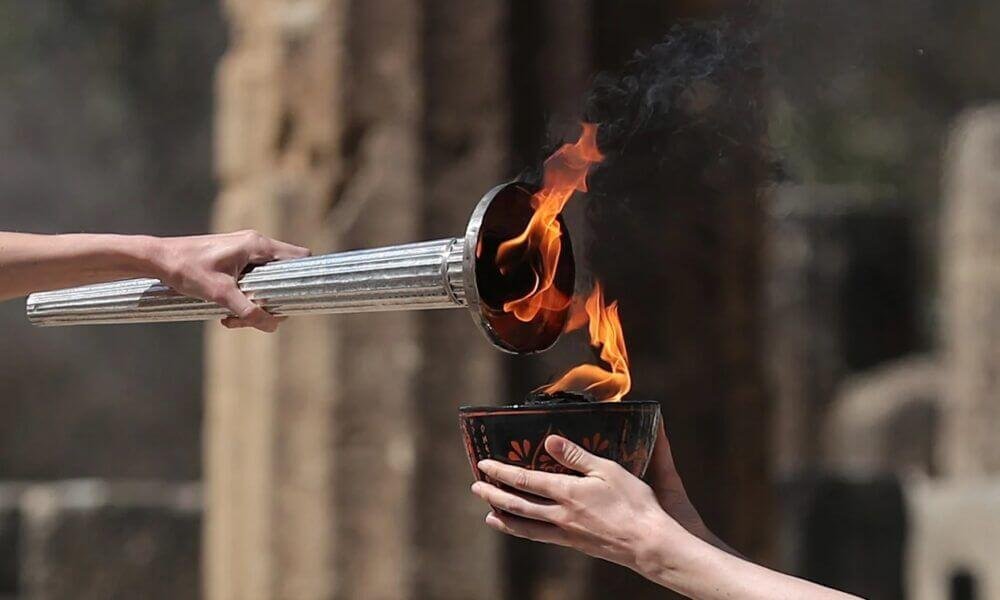
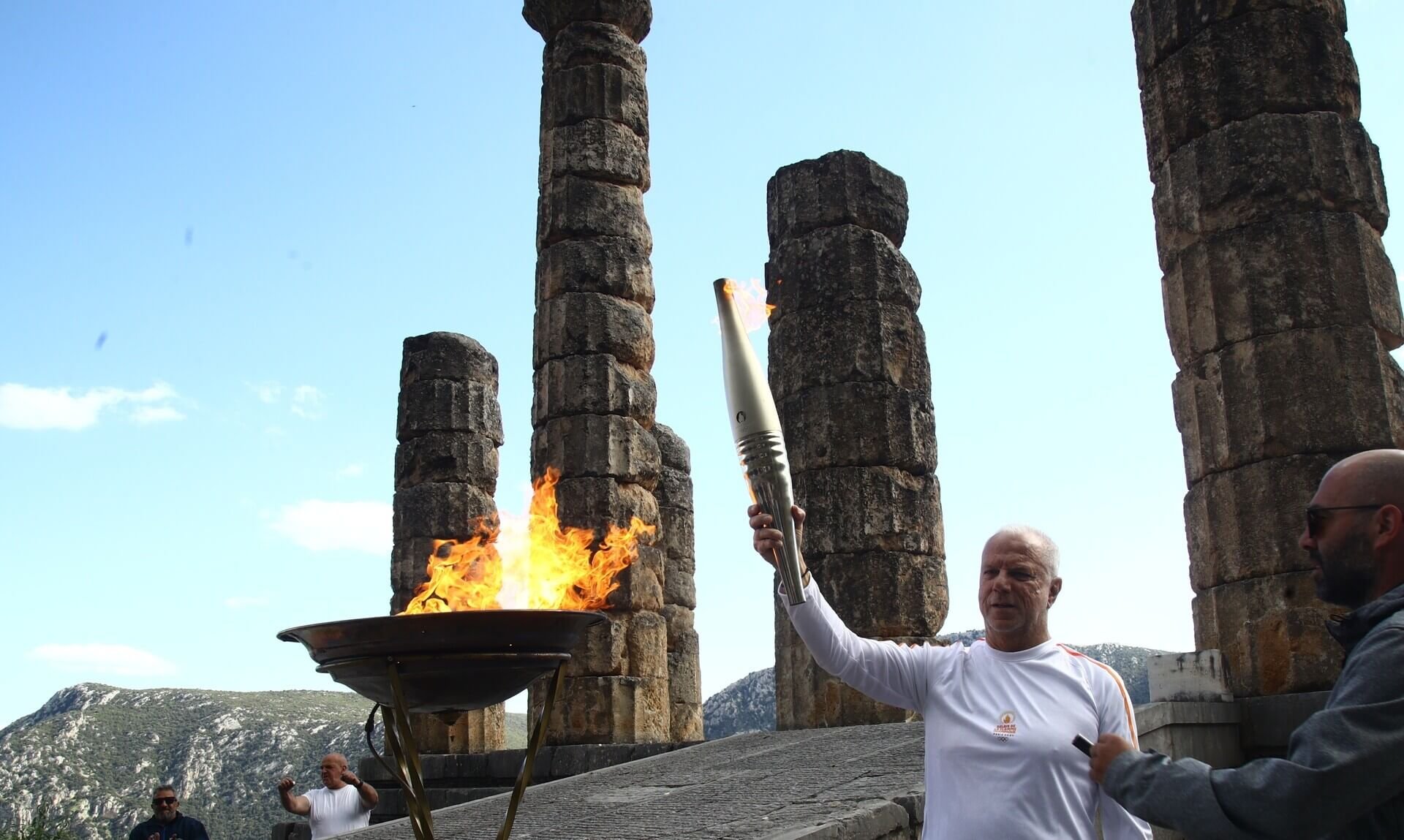
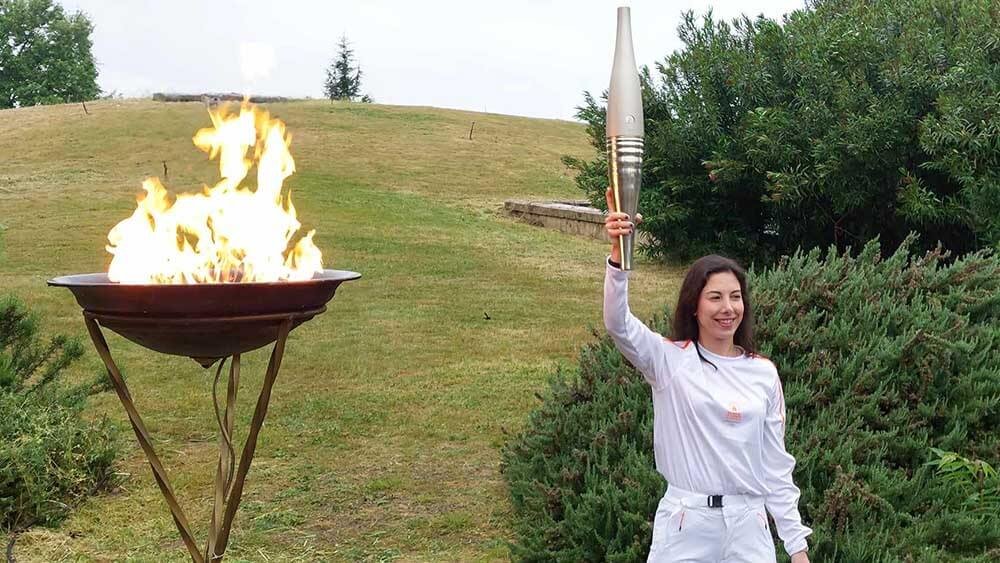
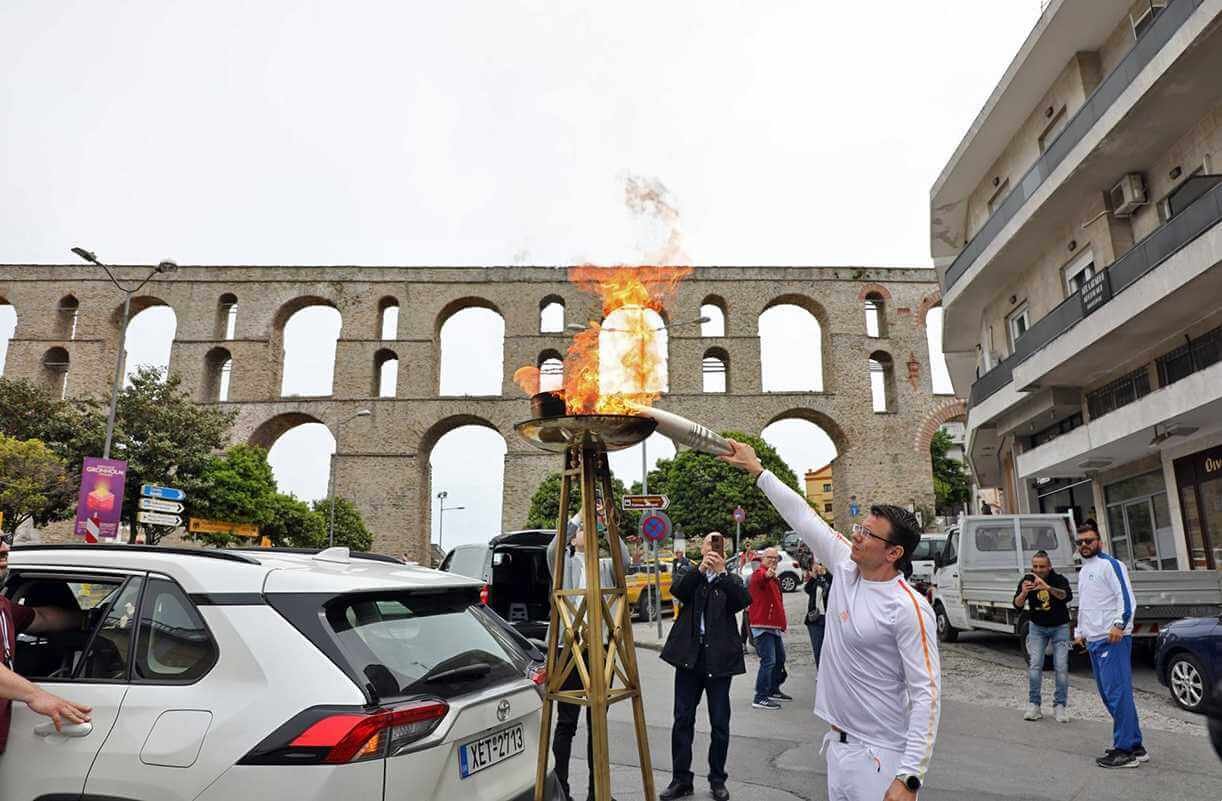
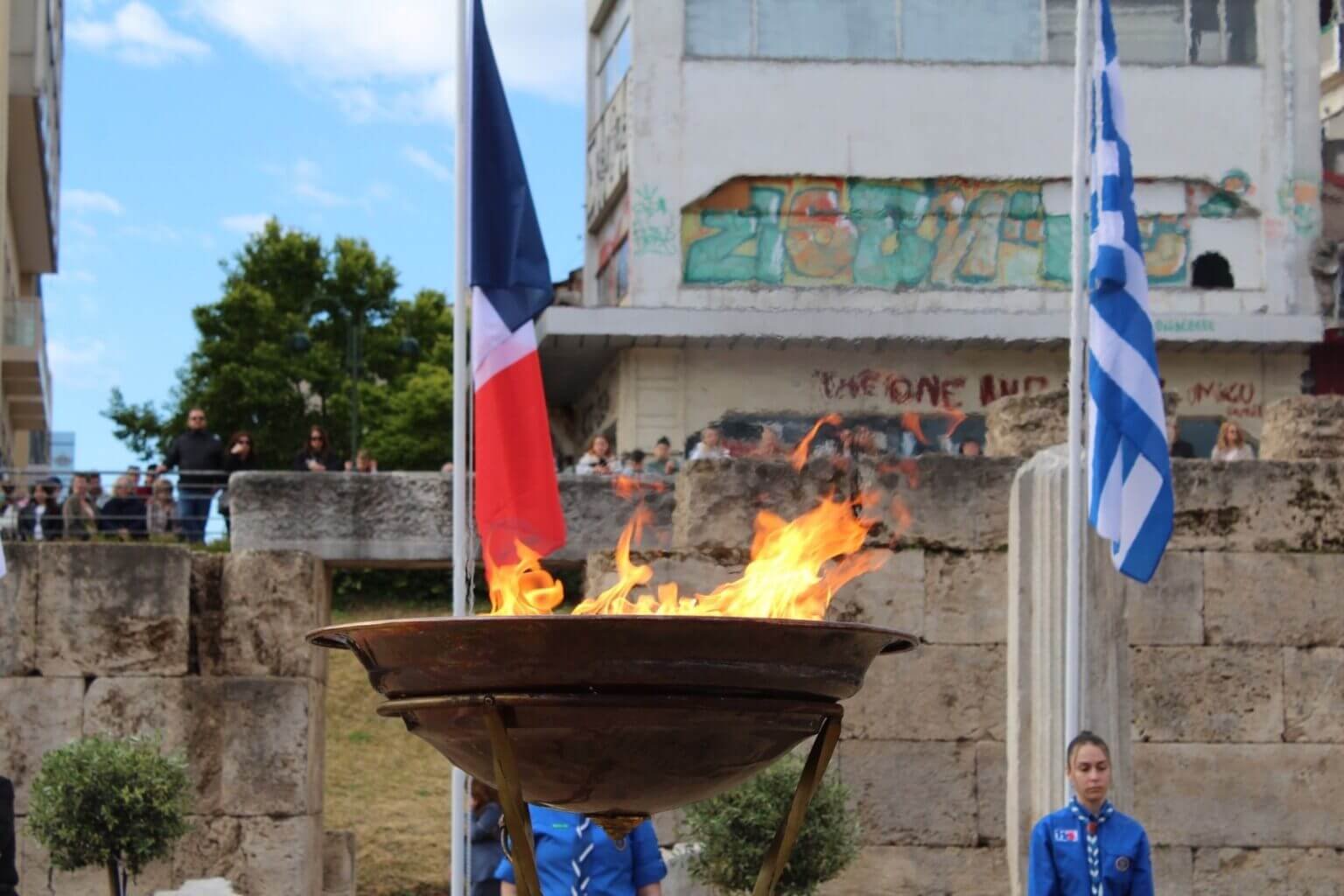
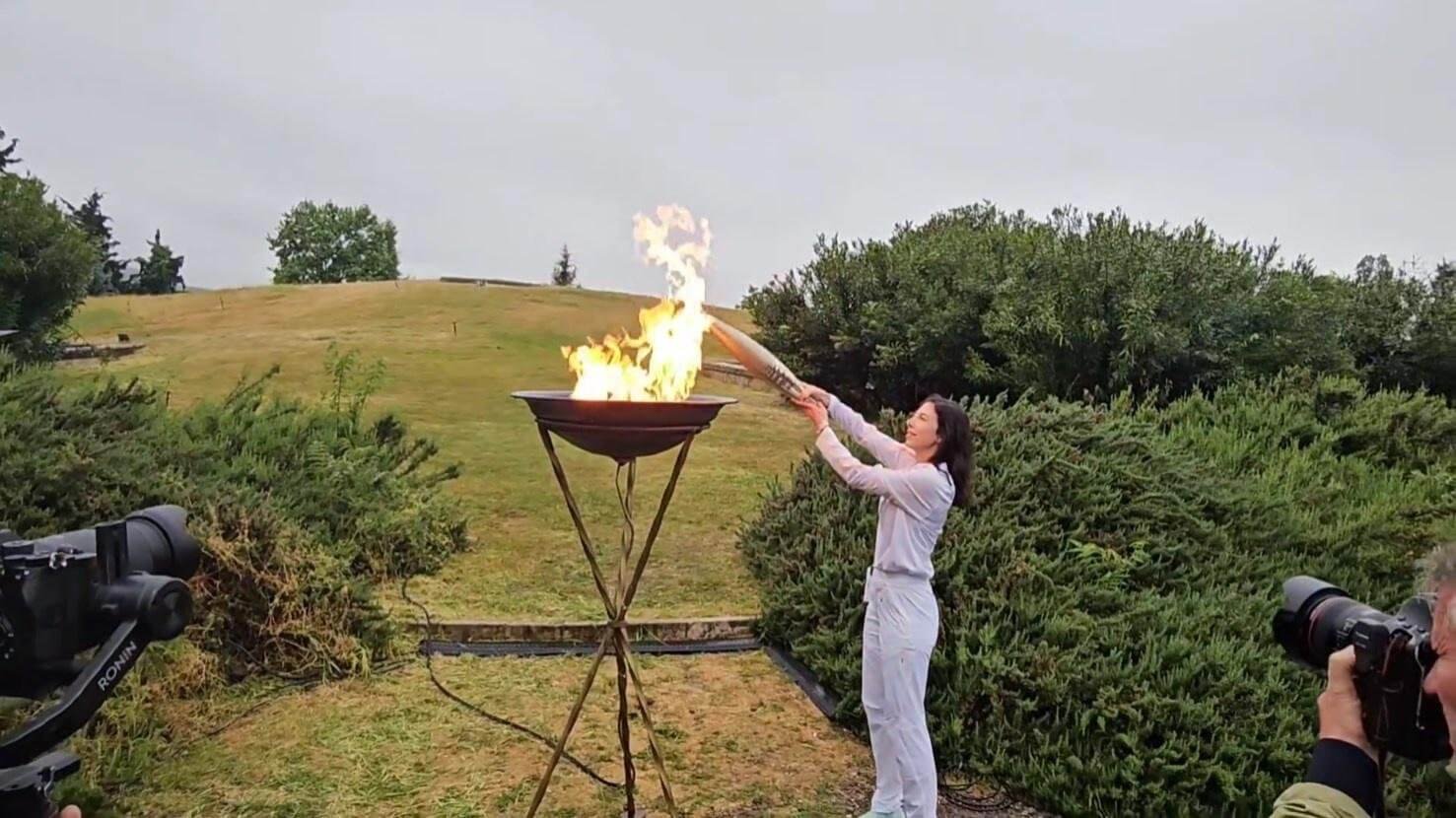
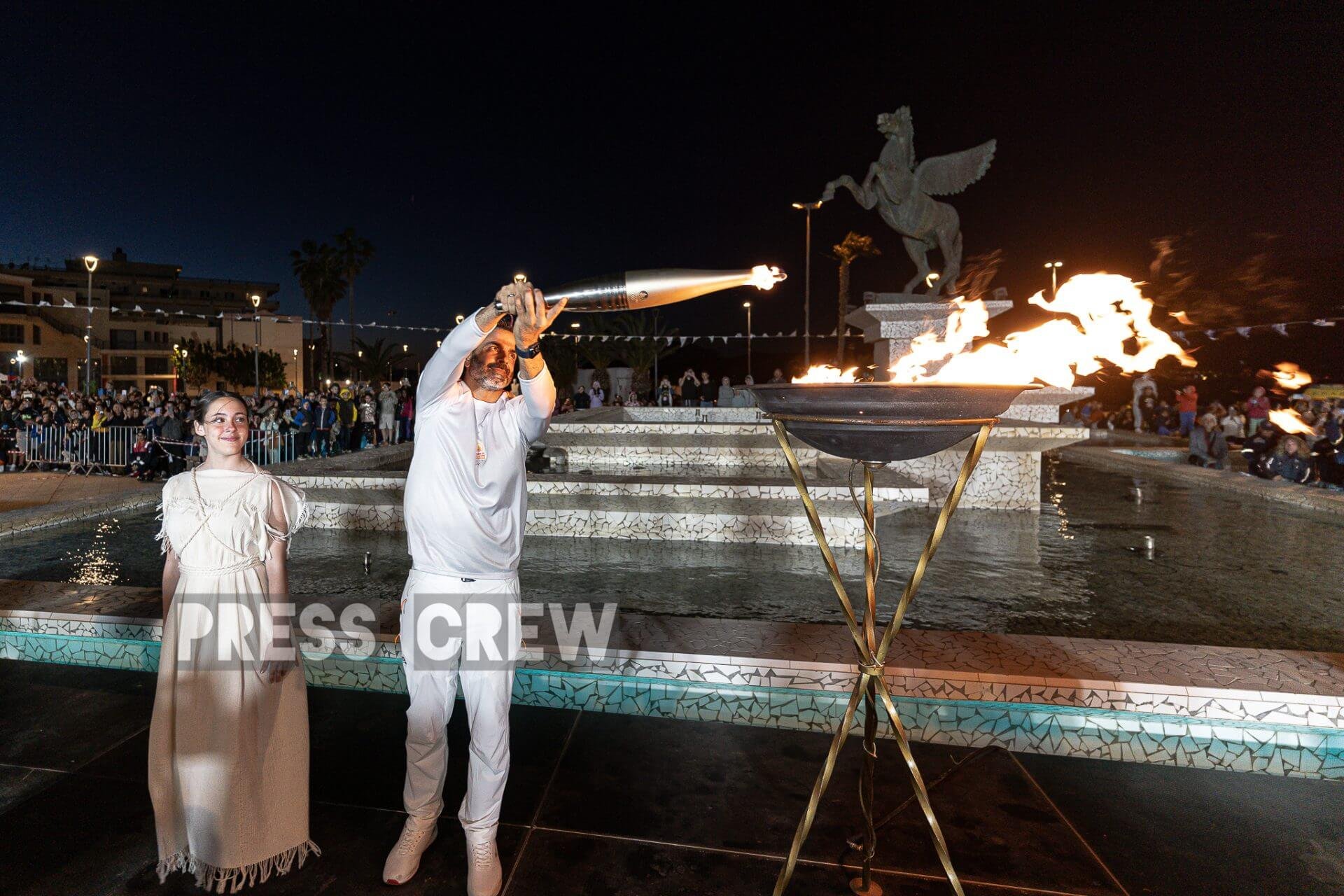
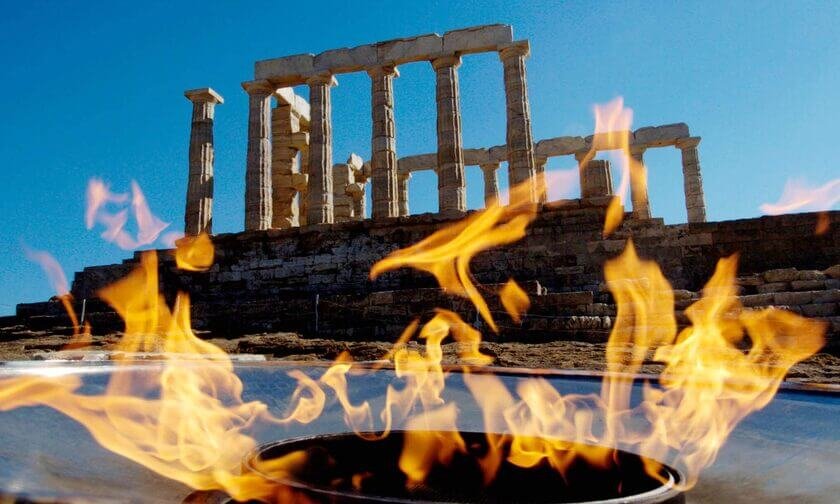
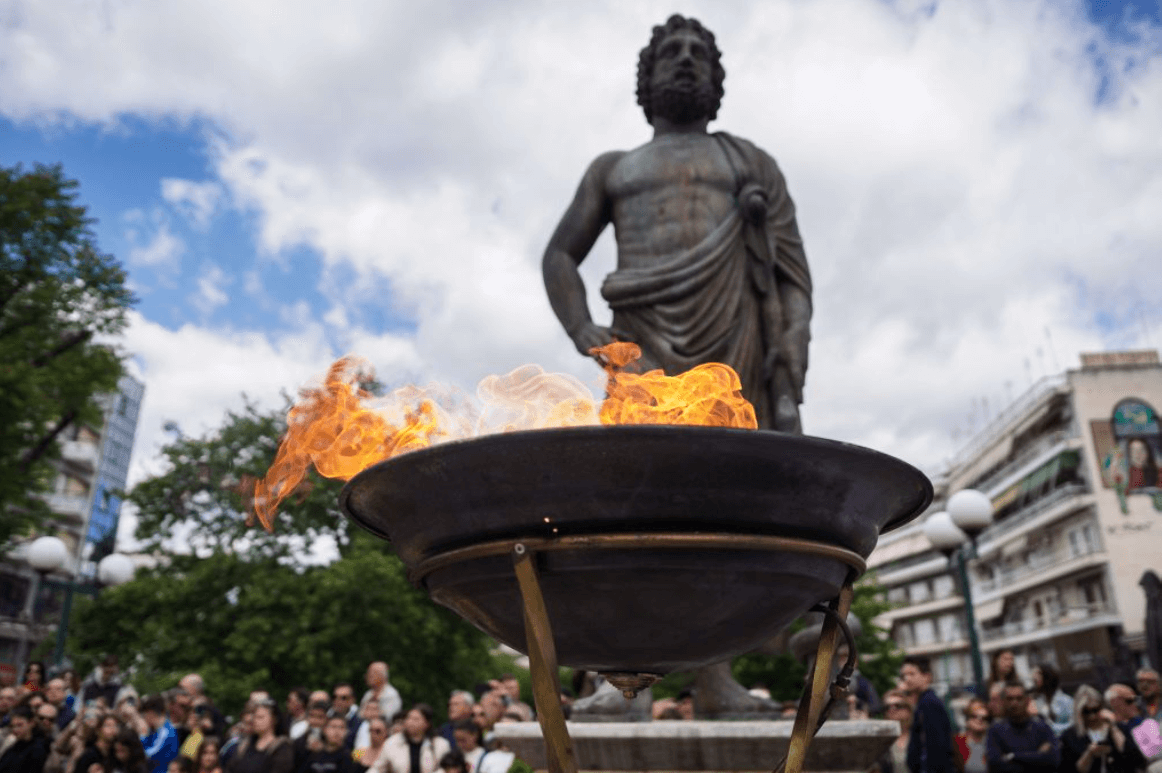
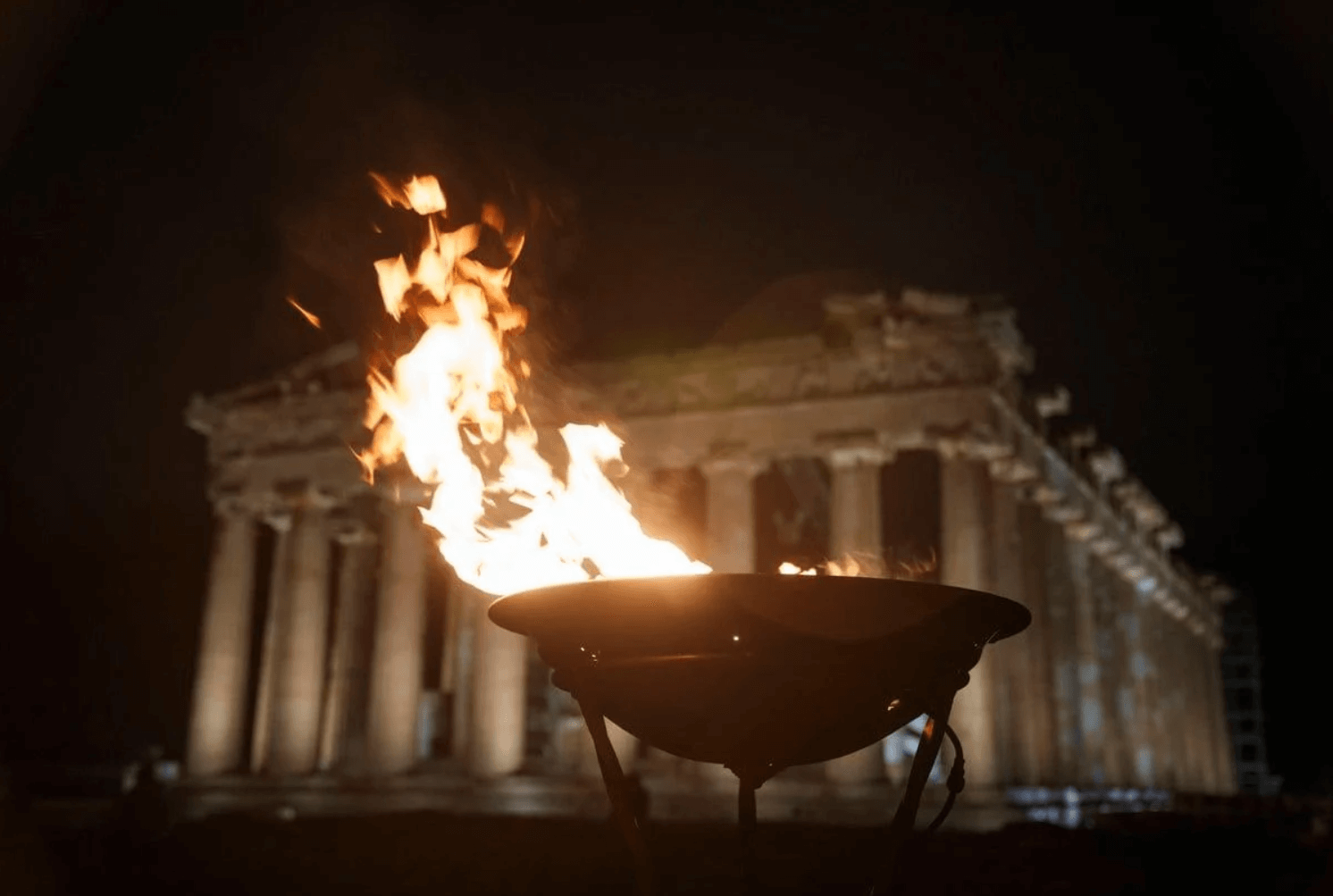
From the sanctuaries of the gods to the heights of human achievement, the Olympic Flame’s journey through Greece for "Paris 2024" intertwines the threads of the past with the aspirations of the present, heralding the upcoming celebration of unity, competition, and peace that the Olympic Games represent.



